Why I Switched to a Menstrual Cup – and How You Can Too.
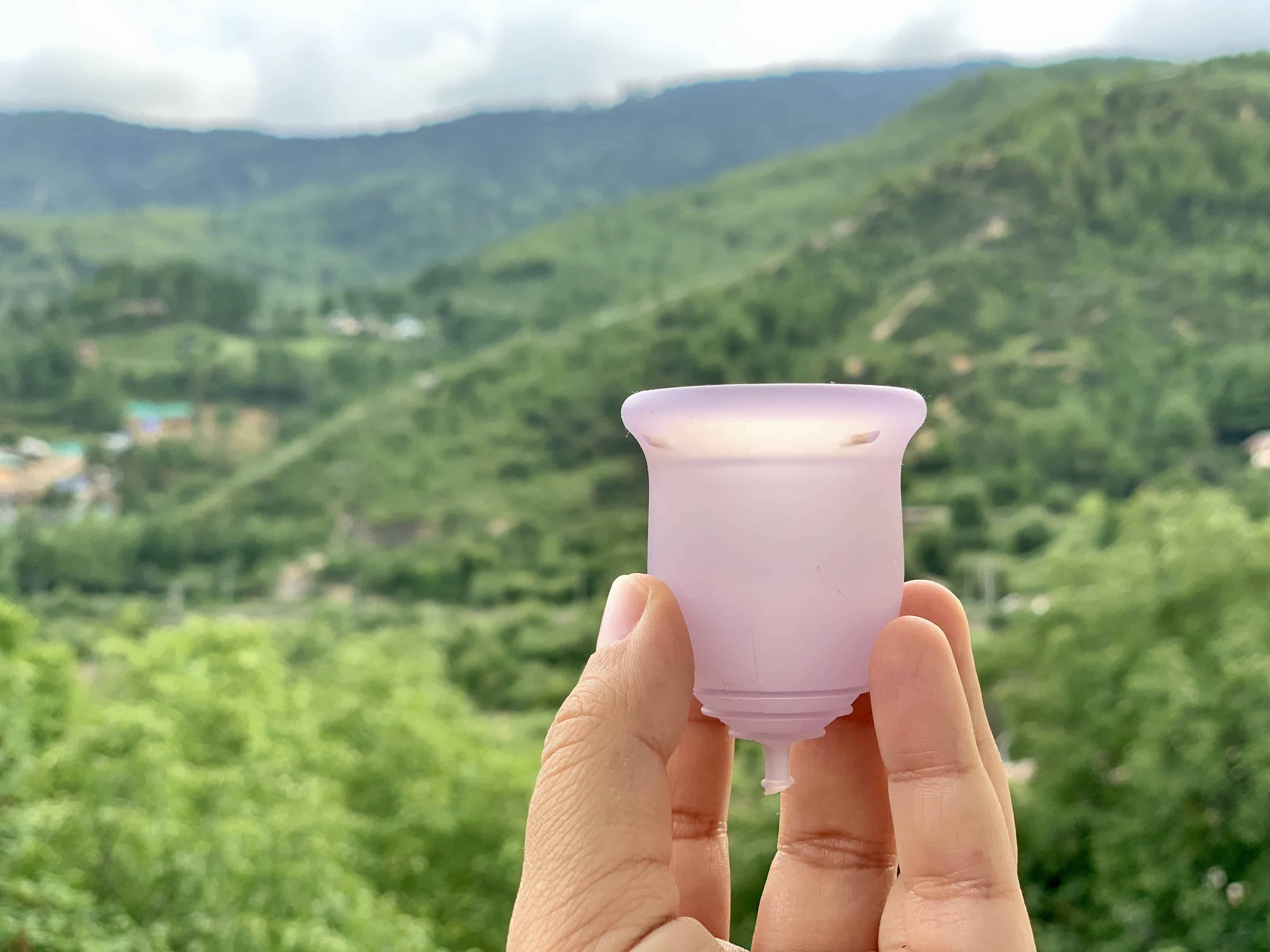
About this post: Earlier this year, I decided to embrace pad-free, zero waste periods and switch to a menstrual cup. It took me a while to figure out how to use, insert and remove a menstrual cup. So I decided to write this post with all my menstrual cup tips. Here you’ll find answers to why use a menstrual cup, how menstrual cups works and the best menstrual cups in India.
Until last year, the idea of using a menstrual cup during my periods made me shudder.
Having never used tampons, I cringed at the thought of inserting an alien object into my private parts. To be honest, I couldn’t even fathom how it would work.
Would it be painful, safe, hygienic, comfortable or messy? Would I be able to use it on the road, in public washrooms, on long journeys?
Then something happened. While volunteering on a remote island in Cuba, I was shocked to see the seabed littered with single-use plastic that wasn’t even consumed on the island, slowly killing corals and marine life.
I had already taken some easy steps to cut out plastic bags, plastic bottled water, plastic straws and plastic toothbrushes from my life. I needed to make more uncomfortable choices.
Also read: 5 Simple Steps to Reduce Single Use Plastic in Everyday Life
- Why use a menstrual cup
- How does the menstrual cup work?
- Menstrual Cup Tips: How to use, insert and remove a menstrual cup
- Advantages of using a menstrual cup
- Menstrual Cup Tips: How to manage a menstrual cup on the road
- Your questions about menstrual cups
- Recommended brands of menstrual cups in India
- Have you switched to a menstrual cup yet? Why or why not? Got any other menstrual cup tips?
Why use a menstrual cup
When I left Cuba, the first thing I did was buy a cup and a set of washable, reusable cloth pads. I had no idea how I was going to convince myself to use the cup. But I knew that I could no longer bear to use over 15 single-use pads every month, or 180+ pads every year, or 6000+ pads over an average lifetime.
I had been using “biodegradable pads”, but I learnt that unless we segregate and personally compost those in a separate composting pit, they are not going to go back to earth.
I must confess that I was so unprepared to use a menstrual cup, that despite reading all sorts of menstrual cup tips, I never even tried using my newly acquired one for the first three months. I stuck to cloth pads, a pain though they were to constantly rinse, dry and wash, especially on heavy days. I even lost two cloth pads in the process – one chewed up by a dog while it dried outside my guesthouse room, one forgotten in a corner of a hotel washroom where I was trying to dry it out of sight!
Finally, two conversations convinced me to try the menstrual cup. The first was with Sharanya of Truly Nomadly, when we happened to share a cab on the way to an event. She showed me her cup and the fold she uses to insert it, and how it takes her just five minutes in and out of a washroom to empty and reinsert the cup.
The second was with Vinita of Down 2 Hearth, who’s been using one for years, and told me that I should give it a try and not expect to figure it out right away. She was right; it took me three more cycles to really understand the menstrual cup tips out there and figure out how to get it in and out. But once that eureka moment happened, my life changed.
Also read: Why Long Term Travel is More Like Real Life and Less Like Instagram
How does the menstrual cup work?
The idea is simple: Instead of using pads or tampons, we can insert a multi-use silicone cup (made of medical / health grade silicone) into the vagina to collect menstrual blood during periods.
It can be left in for up to 12 hours, works well for heavy flow days, is hygienic (perhaps more so than even pads) and feels extremely comfortable. There are several ways to fold the cup to insert it, and different women prefer different body positions to insert and remove it.
And here’s one more good answer to why use a menstrual cup: I find it much easier to run, swim, hike, do yoga and everything else with a menstrual cup as compared to a pad.
Also read: How Responsible Tourism Can Challenge Patriarchy in India
Menstrual Cup Tips: How to use, insert and remove a menstrual cup
Safety first – sterilize the cup
At the beginning and end of each cycle, boil your cup. Put it in water on a pot, bring the water to a boil, shut the gas and remove the cup. Use it or store it in the small cloth bag the cup comes with.
Know that it won’t hurt when you get it right
My biggest fear was the pain inserting a cup into my body would induce. It did feel painful as I fumbled around, but when I finally managed to get it in the right way, I realized it doesn’t hurt. AT ALL.
Try different folds to insert it
This video shows the basic folds you can use to insert or remove the cup. I was silly enough to think that if I crack the simple C fold, I could try the others later on. Turned out, the C fold doesn’t work for me at all. I had a breakthrough when I finally tried the punch down fold.
Experiment with different positions to insert it
Similar to the folds, I kept trying the same position (with the left leg raised onto a flat surface) again and again – and failing. Different positions work for different women, so try them one by one – left leg up, right leg up, sitting, squatting, see what works for you.
Learn how to use it before your period
I made the mistake of waiting till the day my period began to figure out how to use the cup – and that didn’t help. I kept cursing myself, but remembering my conviction on “why use a menstrual cup” helped.
So the next time, well before my cycle began, I watched Youtube videos and read articles with menstrual cups tips to figure it out. How to sterilize it, what folds to try, what positions to try, how to relax my pelvic muscles, how it works in the body. Being prepared helped both logistically and mentally. This “inside” look at cups was particularly helpful!
Try it in a comfortable space the first time
On the road, I don’t always have a spacious private washroom to experiment. Similarly, if you work or live in a shared space, wait to try it the first time on a relaxed day, when you’re in no hurry. Since I’m comfortable with my cup now, I’ve become a lot more open to using it wherever I am.Know how to relax your pelvic muscles
A bonus of using the menstrual cup is that I understand how my body works better now. Learning how to use your pelvic muscles is essential (and super easy); relax them when inserting and use them to push the cup down while removing it.
Check for leaks
In the period world, leaks are a HUGE concern, and frankly, I’ve never understood why. Everyone knows women go through their periods, so what’s the big deal if there’s some evidence?
Anyway, it’s easy to check for leaks once the cup is in. You’ll usually hear it pop, a sign that it’s sealed, but you can also try to squeeze the bottom of the cup or move your finger around the rim to ensure that. My cup has only ever leaked once when I didn’t double check it.
Aim not to keep it in longer than 8-10 hours
Unlike pads, it’s safe to wear a menstrual cup for upto 12 hours, though I aim not to exceed 8-10 hours. When I plan to be out for a long time, I prefer to empty and re-insert the cup just before leaving.
Know that it can’t get lost inside you
Isn’t that a relief to know? 😉
Work with your pelvic muscles to take it out
The first time I managed to get the cup in right, I was really scared thinking about whether I’ll be able to get it out. What helps is to take some deep breaths, relax and know that it can’t go anywhere but out. I prefer to squat in the shower area to remove it, incase there’s any spillage.
Clean it thoroughly before reinserting
This is among the most important menstrual cup tips. I find it ideal to wash my cup with hot water in the sink if that’s an option. Otherwise rinse it thoroughly in regular water before reinserting it.
Switch to cloth pads on light flow days if you feel dry
By the fourth day of using the cup, I sometimes feel a bit dry, and in general, bored of the insert, rinse, re-insert regime. So when the flow becomes light enough, I switch to cloth pads.
Sterilize, store, repeat
At the end of the cycle (or soon as possible after it), it’s best to boil the cup again to sterilize it and store it in a clean, dry cloth bag for the following month.
Also read: What it’s Like to Travel Alone When You’re in a Relationship
Advantages of using a menstrual cup
If you’re still wondering, why use a menstrual cup, these answers might surprise and convince you:
- A menstrual cup is currently the most environmentally friendly menstrual hygiene product, leading to zero waste. One cup could last upto 10 years with proper care; that’s easily over 1800 single-use plastic pads saved!
- It feels more hygienic than pads.
- It is far more comfortable than pads; my biggest fear is I’ll forget it’s inside!
- It’s easier to hike, swim, do yoga and other physical activities while wearing a cup.
- Using a menstrual cup has helped me understand my own body better.
- For some women, menstrual cups reduce period cramps.
- In the long run, they work out cheaper!
Also read: Offbeat, Incredible and Sustainable: These Travel Companies Are Changing the Way We Experience India
Menstrual Cup Tips: How to manage a menstrual cup on the road
Journeys longer than 8 hours
I try to avoid to using a menstrual cup on journeys longer than 8 hours, especially to account for buffer time / delays on either side; definitely don’t fancy changing my cup in the cramped up space of a flight washroom or worse, a shaking train bathroom!
Using a public toilet to change the cup
It’s not always avoidable to use a public toilet while changing a cup. I’ve resorted to using the handicapped washroom if available and empty, so I can take my time to remove the cup, wash it in the sink and re-insert the cup. One way to work around the challenge of washing the cup in a regular public washroom – with separate toilet and handwash areas – is to carry a bottle of water inside.
In India, where the state of most public washrooms is just horrible, I would rather pay for a drink at a nice restaurant or hotel, and use their facilities if I really need to change my cup.
Keep cloth pads as a backup
Sometimes things just don’t turn out as planned on the road. It’s always a good idea to be prepared with some backup cloth pads.
Drop the embarrassment
I know the idea of sterilizing a menstrual cup in a boiling pot of water sounds a bit weird, but let’s remember it’s just blood from our body. It’s high time we drop the notion of it being “unpure”. I initially found it embarrassing to take longer than usual to occupy the washroom while changing my cup, but hey, it’s natural for every woman to menstruate – and to try to embrace the most eco-friendly alternative. We owe no one an explanation.
Also read: I Love Spiti: How Travellers Must Help Save India’s Surreal Mountain Desert
Your questions about menstrual cups
On my Instagram Stories a while ago, I asked you, those of you who haven’t switched to menstrual cups yet, if you have any questions you’d like to ask anonymously. Here’s a selection of those questions:
Is a menstrual cup painful to insert or remove?
It takes some getting used to the idea, and a while to figure out how to get it in and out, but once you do, it doesn’t hurt at all.
How to get over the mental block?
Read articles, watch videos, devour menstrual cup tips, discuss it with friends who already use it. The more people you come across (virtually and in real life) who’re using the cup, the more you’ll get over the mental block.
Will they work with different body sizes and types?
Absolutely. You just need to figure out what size it right for you. I even asked a gynecologist (on a different visit) if a menstrual cup would work for my body. She assured me that there’s no vagina too small or big to use it.
Can a virgin or unmarried girl use a menstrual cup?
Yes. It doesn’t matter whether you’re sexually active or not. It can break the hymen, but so can playing sports. We live in the 21st century and that really shouldn’t be a concern.
Is it safe to insert a cup into the vagina?
Yes, as long as you sterilize it before and after, and store it in a dry cloth bag. Choose a cup made of 100% health/medical grade silicone that is safe to use.
Is it really hygienic to use and reuse a cup?
Yes. Some say even more than using pads / tampons.
Is it messy to get it out and clean it?
It can get messy, especially initially when you’re not used to removing it. The trick is hold it upright as far as possible. But remember, even if it spills, it’s just blood. Easy to clean with water or wet tissue.
How to manage it in office, especially with long working hours?
If you spend less than 12 hours in office and commuting, wear it at home just before leaving and change it soon as you reach home. Else you can occupy the washroom for a few extra minutes, just once in the day, to wash and re-insert the cup. Maybe start the discussion with some of your female colleagues so you can try this together?
What if it leaks?
It usually pops open and gets sealed on its own. To double check, move your finger around the base and ensure there are no folds. Trust that it won’t leak, and if you don’t, back it up with a cloth pad on your initial cycles!
What about heavy flow days?
It works just fine for heavy flow days; you might want to change it more frequently during the first cycle of using it, just to get an idea of how much the cup fills up in a few hours.
What size cup to buy?
I started with the small size and realized it works just fine for me. The small size is typically for regular flow and large for very heavy flow; the large is also recommend if you’ve given birth. Depending on which brand you’re buying, you can read reviews and their suggested sizes to figure it out. Many brands are also open to walking you through the size selection, so don’t hesitate to message them on Instagram or call them.
Should the tail of the cup (the dangling extension) be kept or cut?
Each cup comes with a small extension at the bottom to make it easier to pull it out. It felt quite uncomfortable for me since apparently my cervix sits high, so I cut it off. After a few cycles, I find it easy enough to push the cup down using my pelvic muscles and pull it out.
Recommended brands of menstrual cups in India
If you’re convinced about why use a menstrual cup, don’t wait too long to order yours and try out my menstrual cup tips. Here are some brands I recommend checking out:
Lena Cup
I bought the Lena Cup on Amazon US, just after I left Cuba, thanks to the great reviews. It’s made in California, FDA registered and made of 100% medical grade silicone. It comes in small and large sizes, and costs 25 US$. I love it and absolutely recommend it.
She Cup
My friend Vinita recommends the SheCup. It comes in standard and large sizes, and costs INR 1000.
Cupvert Cup
The Cupvert Cup has the best reviews on Amazon India. It comes in small, medium and large sizes, and costs INR 299.
Boondh Cup
My friend Sharanya recommends the Boondh Cup. It comes in a one-size-fits-all, and costs INR 690.
Rustic Art Cup
I’ve heard good reviews of the Rustic Art Cup from multiple people. It comes in small and large sizes, and costs INR 850.
Cloth Pads
I highly recommend buying cloth pads as a backup. There are several options on Amazon India and Amazon US, depending on how many you’re looking for and your preferred design. A set of 4 suffices for me.
Inviting you to join my new Facebook group (women only):
Over the years, I have received messages and emails from many, many women struggling with their life choices and having no exclusive, safe, confidential space to discuss such dilemmas. I’ve recently created what I hope will be such a space online, where adventurers, dreamers and rebels can connect with like-minded souls and form a support system. If that’s you, join the group here.
Have you switched to a menstrual cup yet? Why or why not? Got any other menstrual cup tips?
Got interesting ideas around travel and environmental conservation? Collaborate with me to initiate a new Passion Project.
*Note: The Amazon products mentioned in this post are affiliate links; if you choose to click through these and buy, I’ll earn a little bit at no extra cost to you. This allows me to spend more time and effort creating meaningful blog posts.
Connect with me on Instagram, Facebook and Twitter to follow my travel adventures around the world!
Also read:
7 Sustainable Home Decor Brands to Furnish Your House or Bnb Creatively
The Ultimate Guide to Sustainable Fashion in India
Can We Reduce Single Use Plastic During the Plastic?
How Travelling Changed My Perspective on Getting Married and Having Kids
Sustainable Living Ideas to Embrace as we Emerge Into a New “Normal”
Hi there! I’m Shivya, and I started this travel blog back in 2011, when travel wasn’t trendy, Instagram didn’t exist and AI wasn’t a thing (simpler times, I know!). I write about slow, meaningful and conscious travel – that is good for us, the places we visit, the people we meet along the way, and the planet at large. Settle down, grab a cup of tea, and read stories that remind you of the essence of travel. I’m so glad you found me!


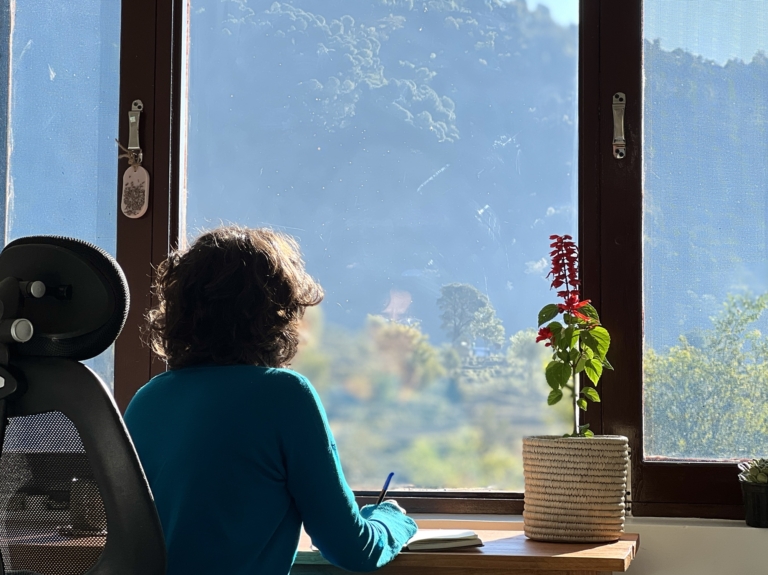


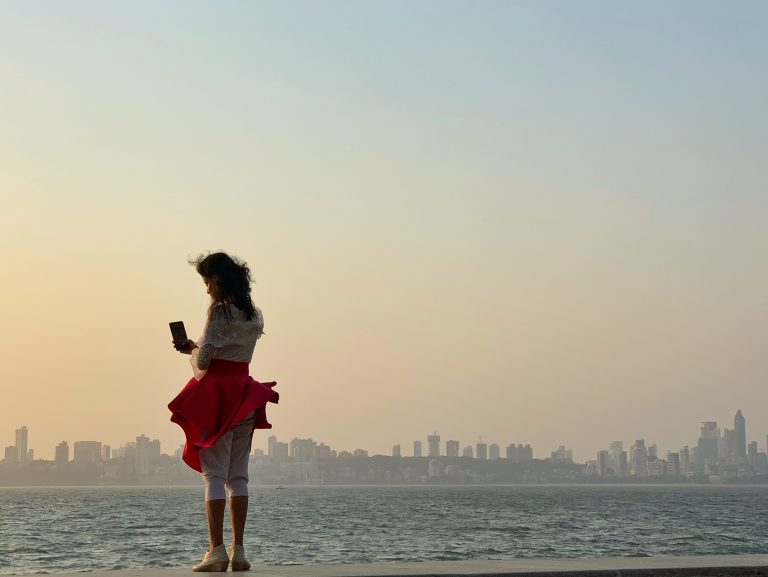
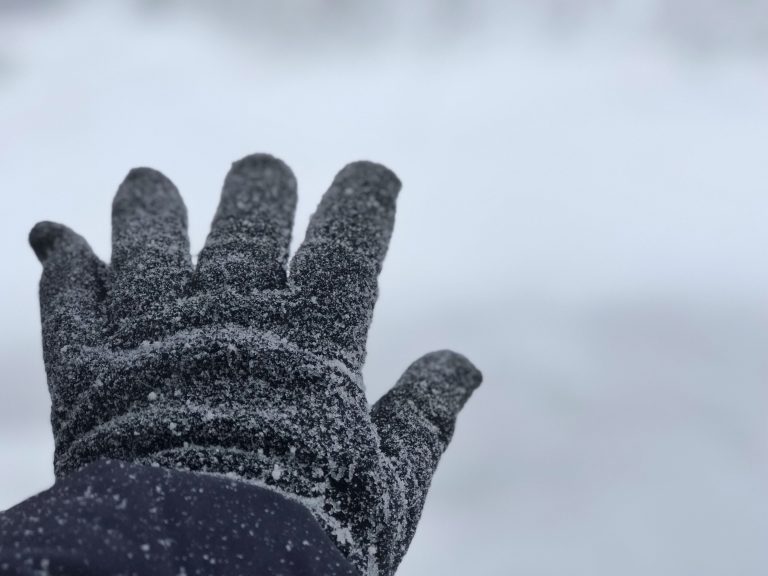
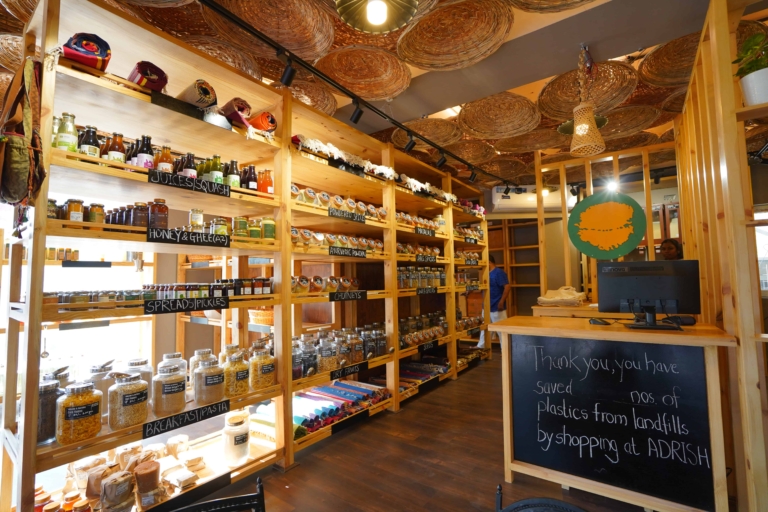
I wish I would have know about it earlier, now that I am beyond menopause, good for you for such a great invention.
Apparently menstrual cups have been around since the 1930s but no one really knew! The environmental cost of that is huge but better late than never.
I’ve been flirting with trying this but I’m peri-menopase and not sure the time and effort to figure it out is worth it at this point. I am torn, if I were in my 20’s I think I would jump on this. At 45, not so much but I am going to get the reusable cloth pads you recomeneded. This alone will help enviromentally and for sure it will help me. Great article…. thank you…. Nikki
Great that you’re going to try the reusable cloth pads. They’re so soft and comfy that I could never go back to plastic pads again!
Hi! Thanks for an amazing, well-written article. As a menstrual cup user for the last 6 months, I can absolutely confirm everything written here. Personally, sitting works best for me, and it really does take 2-3 periods to get it right.
I don’t use cloth pads though. I have period panties, and I love them! They stay in place better than any pads ever could, you clean them exactly like the cloth pads, and I wear them all through my period just in case of overflow. On my heavy days I need to rinse the cup every hour or so, so having period panties saves my clothes.
Thanks for taking on a topic that’s usually swept under the rug and bringing it out into the open! You’re right, starting a conversation is the best way to destigmatize this topic.
🤩 Nadya
I’ve been eyeing period panties but only ever saw them in the US, priced quite steep. Would you use them just on their own, without the cup as well?
Glad to be having this open discussion. You’re right, it’s a topic that’s been swept under the rug for far too long.
They are priced a bit steep, but I bought mine 2 years ago and they’re still going strong. I bought them online from the US while I was living in Australia.
I do use them on their own, on my lighter days. It’s SO freeing, being able to wear just underwear. I don’t dread my periods so much because I don’t have to worry about leaking, and I can sleep so much more comfortably now.
Sounds like a good long term investment. I’m going to try to order a pair on Amazon US and get someone to carry them for me.
It’s been 2.5 years since started using the menstrual cup in combination with cloth pads. Shifting to the cup was yet another decision toward being eco-friendly. Thanks to the cup, I have more space in the suitcase when i pack for a trip (my periods are usually very heavy) and I do not have to worry about how and where to dispose a sanitary pad, especially when traveling in India.
I have been following your blog for sometime now and in awe of what you do. But you had to write about the cup for me to leave a comment 🙂 You have, as usual, covered all aspects of the cup and I can vouch for what you have said and I hope it encourages more people to use it. Thank you for yet another great post!
-Kirana
Great to hear from you Kirana and thanks for sharing your experience with the cup! You’re right, it saves the hassle of constantly having to replenish pads, saves a lot of trash, saves money over the long run too. Sure hope the discussion here encourages more people to share their experiences and others to consider making the switch.
Hi,
Would definitely try to use this sometime after getting used to the idea. Just one question that arises here, would it come out when we actually pee because we do put pressure on the pelvic muscles while doing the other things.
It doesn’t move at all while peeing. While removing the cup, we need to push it a bit with our pelvic muscles, then use two fingers to pull it out.
This is very useful information Shivya! You answered all the questions I had in my head.
Am gonna make a switch for my next cycle!
Awesome Bhavya; makes the effort of writing this post feel totally worthwhile 🙂 Also don’t be hard on yourself / give up if it doesn’t work out in the first cycle. Took me about 3 cycles to figure it out and then some to get fully comfortable with it.
Very informative, innovative and eco friendly. It stopped long back for me but have forwarded the information to my daughter asking her to use and suggest to her friends also. Thanks for sharing!
That’s great Usha! Too bad it didn’t enter our radar many many years ago.
Wow! Didn’t know this was a thing. Thank you for this. Very informative!
Hi shivya,
Have been following you on instagram from quite some time.. even I have started minimizing the use of plastic in every way I can from shopping bags to water bottles and whichever way possible. Have been seeing and reading the menstrual cup and have been thinking to use it. And let me tell you your post have really encouraged me to.. It helped me shed my hesitation to go not go.. But just one little doubt, is the removal as comfortable as the insertion. The main reason is my work routine is quite irregular, long hours, travelling, and travelling to remote places (rather under construction sites, etc) where cant find a ladies washroom too.
That’s great Priti! It takes a while to get comfortable with removing it (just like with inserting it) – so I suggest trying it out when you’re at home, in a comfortable space, at leisure, so you be completely relaxed. All the best.
Is menstrual cup good for a girl who is 17?
Technically yes. Best to consult your gynae though.
This is incredibly exhaustive, Shivya; a great one-stop read (which when I was stumbling about trying to piece info together about a year ago tired me out) SIGH
My attempts are still work in progress though. Slowly but surely *fingers crossed …and pinching the cup right* (heh)
Glad you think so! I had to rummage through a lot of content too before figuring out exactly how it works. Don’t give up – you just need that one eureka moment to figure it out. And I’m sure you will!
Love this! I’ve been using a cup since I was about 17 and I could never go back now – it’s so convenient, way cheaper, and means I’m never caught out if I unexpectedly get my period. It’s cool how you can put them in preemptively as well, if you know you’re due soon. Big ups, and I’m really enjoying exploring your blog!
Thanks for sharing your experience! And so glad you’re enjoying my blog 🙂
I want to use for environment and all that but still I feel teriffied.
amazing blog that very good thanks
I’m also trying to use a menstrual cup instead, it’s quite difficult,
Thank you for bringing forth this subject. I have been seeing ads on Youtube about this and I used to just skip – thinking that I can’t do it. But now I feel that I should change really, but I am still unsure.
I have been following you since few years and love your insta posts. Seeing your posts about the cup motivated me to start using one along with my friends.
It is such a free feeling to use cups and I hate using pads now if I have to travel or something.
But it has been 3-4 cycles. I am still figuring out a good cup for me due to leaks on heavy flow days.
Keep writing and posting such amazing stuff!